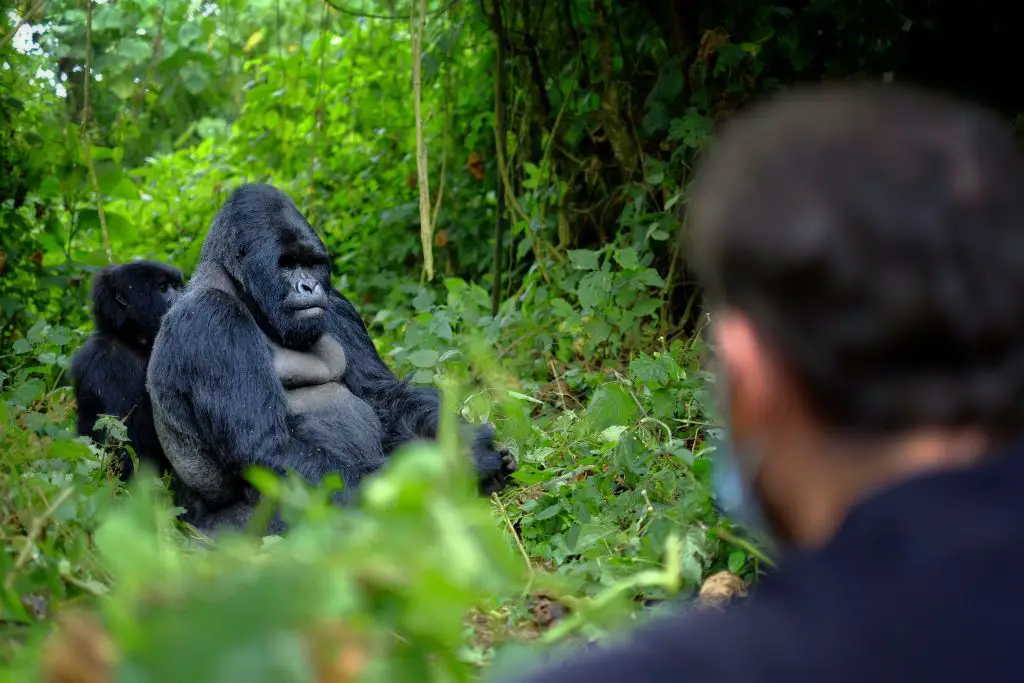The Rwandan capital of Kigali is one of the most cosmopolitan and forward thinking cities in Africa. Most people will spend a day in Kigali before going gorilla trekking at the Volcanoes National Park. This was me too but I spent a day here before embarking on my epic trip to the Congo where I trekked with the Eastern lowland gorillas.
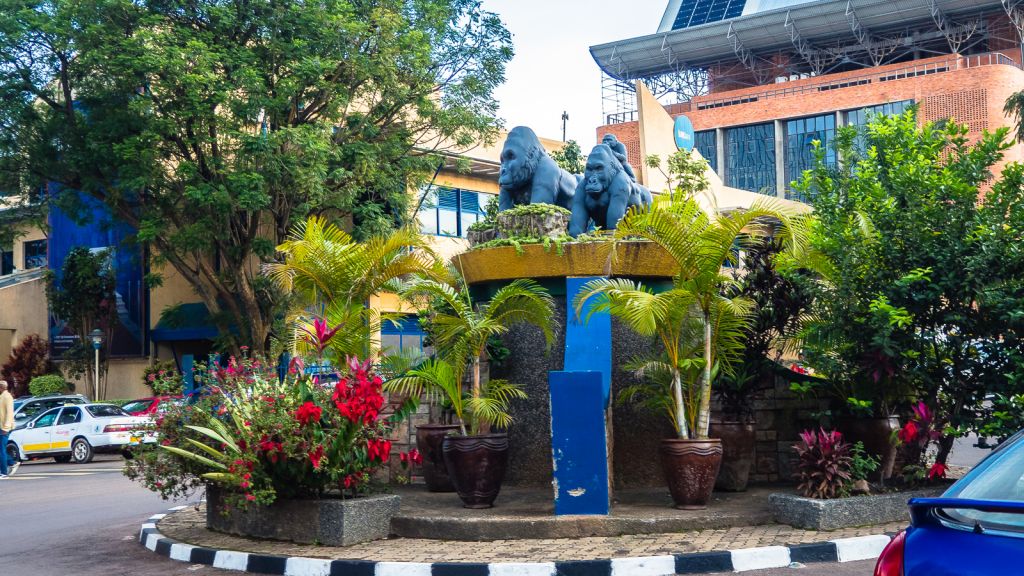
I spent a day in Kigali as it was necessary with my timing and because I was genuinely curious about this city. I had heard from other travelers that Kigali is a bit of a diamond in the rough. Compared to its neighboring capitals like Kampala, Nairobi, or Dar Es Salaam which are charming in their own ways but by no means an orderly or modern looking city, Kigali is the completely opposite.
Kigali, a modern African capital
Kigali, home to a million Rwandans has always been the capital of the country. It has seen some very dark times following the Tutsi genocide of the 90s (which I will go into detail later). Since then, under the leadership of Paul Kagame, the city has seen a renaissance of sort and its hyper growth of the last 25 years really shows.
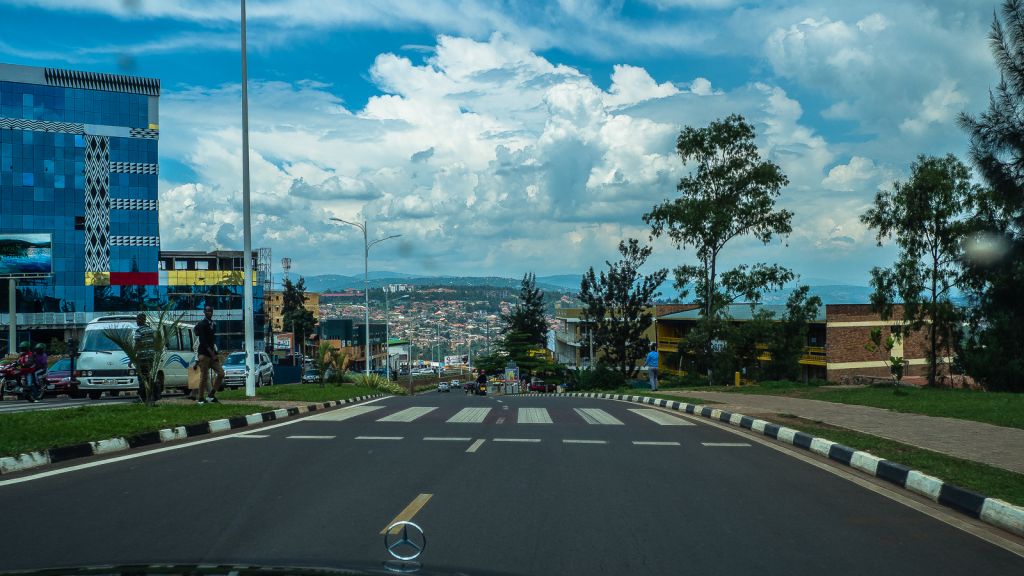
In short, Kigali is the cleanest and most modern city I’ve seen in Africa outside of South Africa. And I’ve been to many African cities. The streets are absolutely immaculate and the trash you’re accustomed to seeing in other African cities simply do not exist here. I think the President really made it his prerogative to keep Kigali as a sanctuary of sorts in the heart of Africa.
Getting around Kigali
Kigali is quite spread out as a city but getting around is quite easy as there are so many options.
Taxis
From the airport, you can expect to be pay 15,000 to 20,000 RWF depending on your destinations. There are official taxis from the airport so the prices are pretty set in stone. I spent 15,000 RWF to go to the Marriott in the city center.
There is no Uber in Kigali. This is a bit of a surprise as Kigali is branding itself as the startup capital of Africa but they’ve not accepted Uber whereas many other African cities do.
Thankfully, they do have one ride hailing app to speak of called Yego. This functions like an Uber and I saw many Yego cars while touring Kigali. I tried using it once but had no success but obviously it must work for someone. Yego can be used to call cars and motos.
Boda Boda
This is my preferred way of getting around Kigali. Boda bodas are small motorcycles that are synonymous with Eastern Africa. I took them all over Kampala, Uganda and it is honestly the best way to get around.
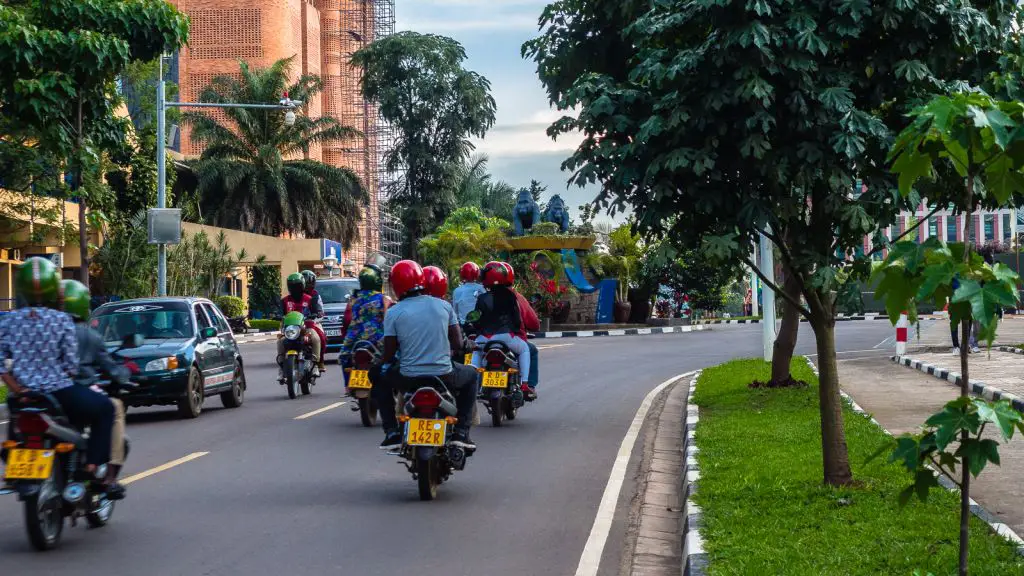
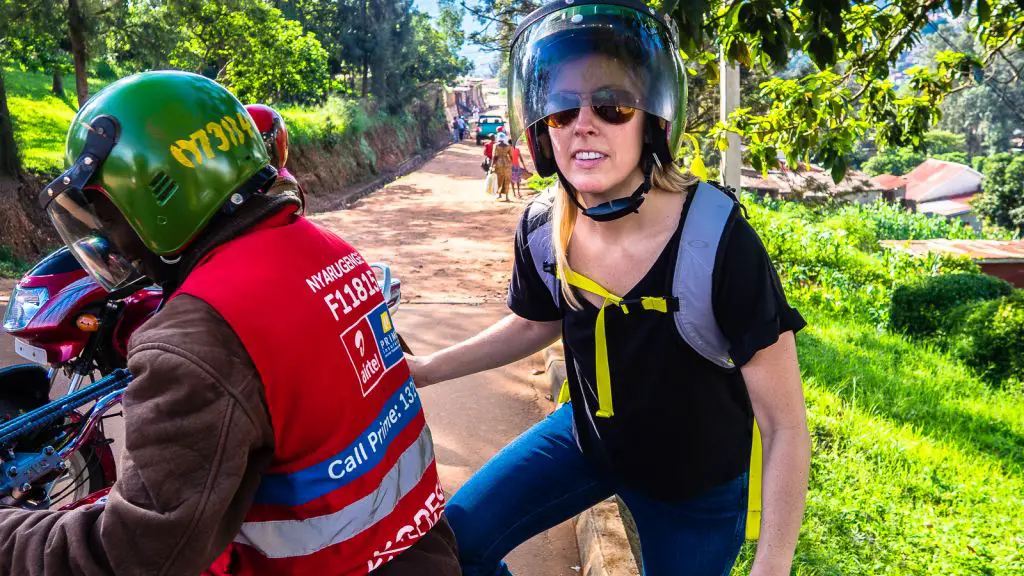
Our hotel concierge kept telling us it was unsafe but I suspect it is just them being very risk adverse with Muzungo tourists. You don’t need to book these in advance. You can just stand on the side of the street and raise your hand when you see an empty moto. Alternatively, there are many areas where boda bodas congregate. They are the fastest and cheapest way to get around Kigali.
As for safety, obviously it is not as safe as a car but the drivers in Kigali are not crazy like in Kampala. Everyone obeys the traffic laws and people don’t drive crazy. In fact, I didn’t want to wear the helmet and while my drivers in Kampala could care less, the drivers in Kigali wouldn’t let me ride without it! It is a law that all people need to wear helmets.
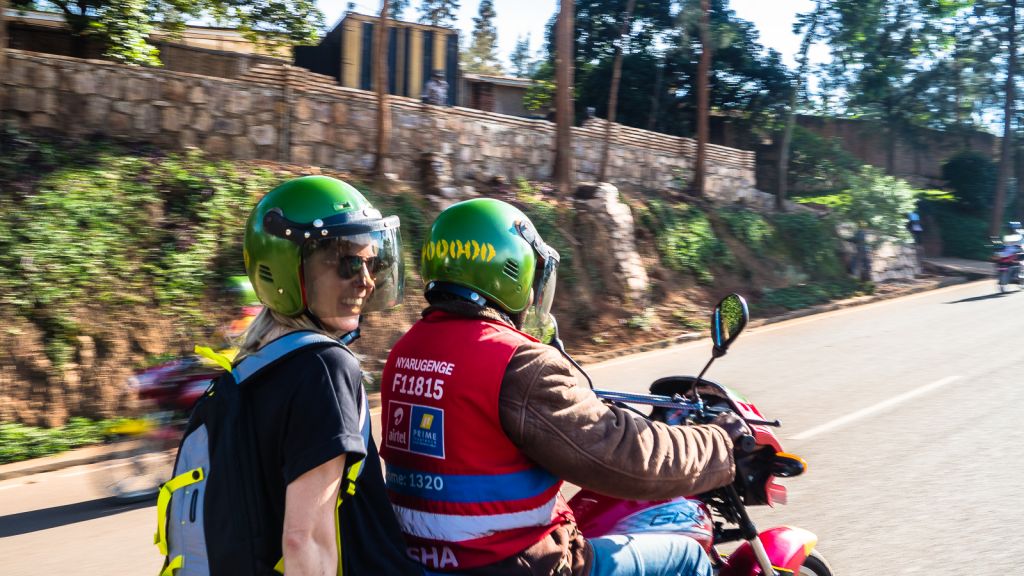
The cost for a boda boda ride is 500 RWF and maybe 1,000 RWF if you’re going far.
Walking around Kigali
Kigali is the safest city in Africa and perhaps one of the safest cities in the world. By most standards, it is incredibly clean and pleasant to walk around. It’s not an European capital so there’s not a whole lot to walk to and see, but if you’re worried about safety I would put that to rest. We walked half way from the Genocide museum back to the city center before finally taking a Boda Boda in the heat.
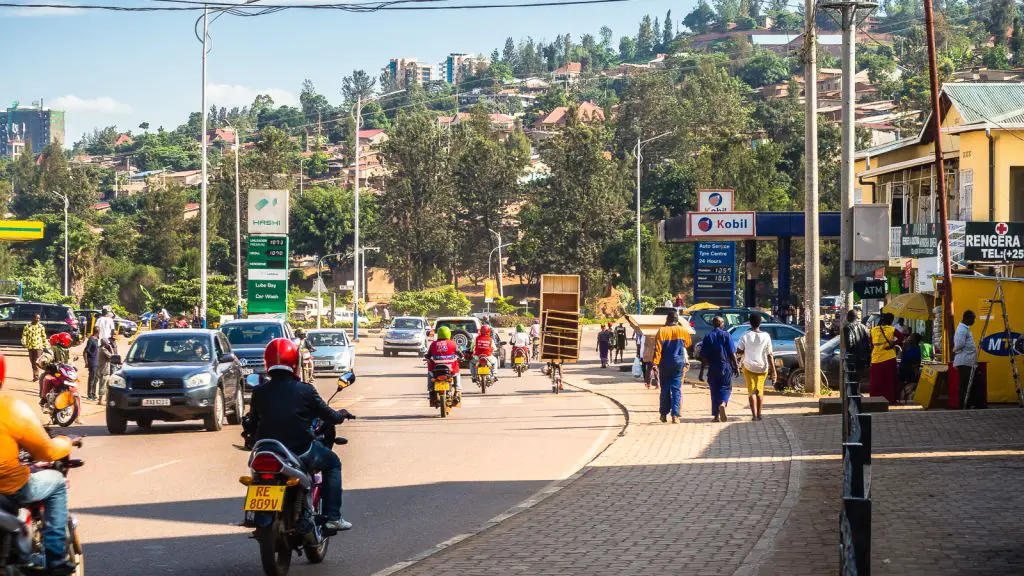
Even at night, we walked around the city and there was no issue.
The Genocide Memorial
The one point of interest many people may already be familiar with is the Genocide Memorial. It is definitely Kigali’s biggest attractions and it is certainly not to be missed. If you only have time to do one thing, make sure this is it.
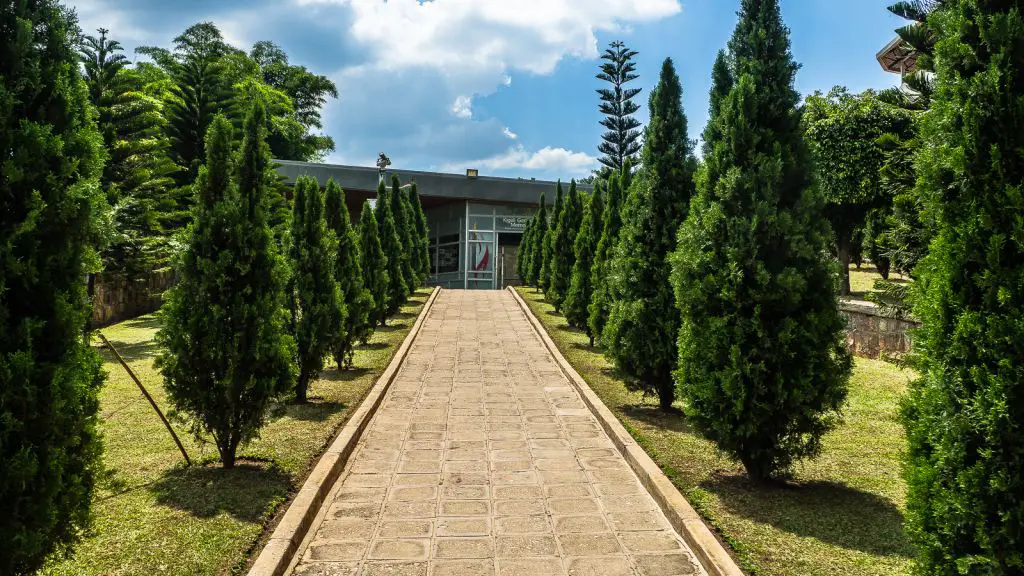
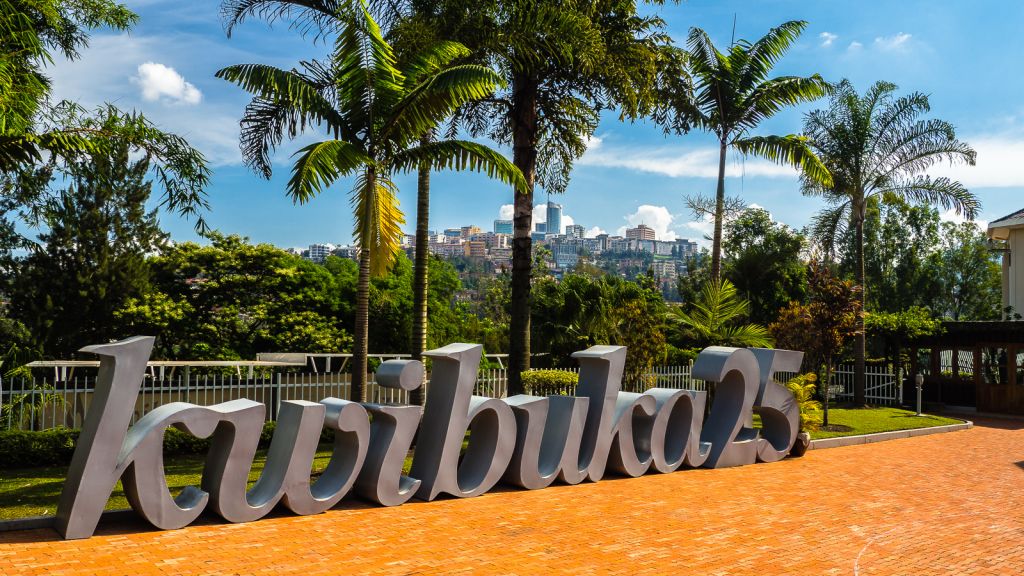
As you are probably already aware, Rwanda experienced one of the worst genocides in history. Almost 1 million Tutsis were slaughtered in the span of three months with many happening in Kigali. The Genocide Memorial is home to over 200,000 buried bodies with more being discovered still to this day.
The museum is on a pay-as-you-wish approach. Donation style. There is an audio guide that can be “purchased” for 20,000 RWF but really this to me is a great way to donate. They accept credit cards too!
Upon arrival, we went into a room to watch a short film on the Rwandan genocide. Prepare yourself as there is nothing pleasant about learning and revisiting one of the worst human acts in recent history.
The museum does an excellent job honoring the late victims, explaining the root causes, and the aftermath.
The Memorial Gardens
The memorial numbers the points of interest which also correspond to the Audio guide. Starting off, we walked around the memorial’s gardens. However, Looking back on it, I think you should first go inside the museum and learn about the conflict before coming outside and reflecting on everything you’ve learned.
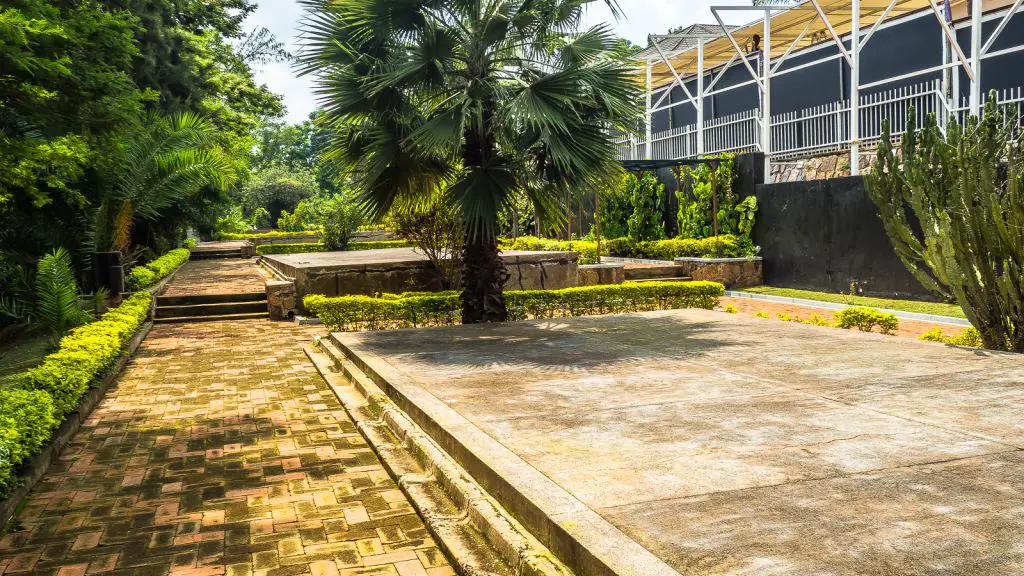
These gardens are divided into the Garden of Reflection, the Wall of Names, and the Burial Place where more than 250,000 victims of the genocide have been interred.
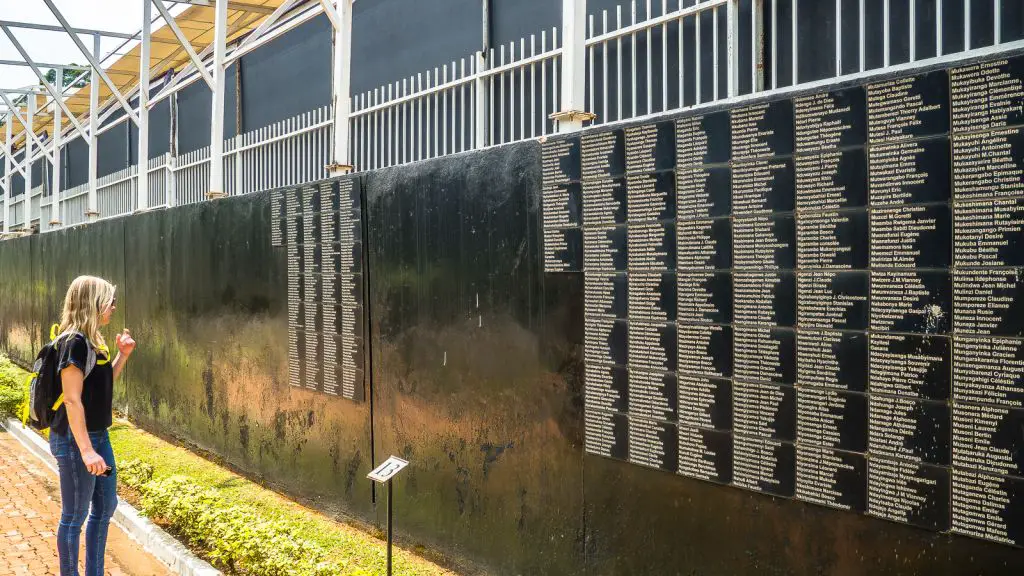
After reading over the Wall of Names and paying your respects at the Burial Place, some time in the Gardens of Reflection will be a must. Spending a few quiet moments in contemplation is a great way to finish what has doubtless been a confronting visit.
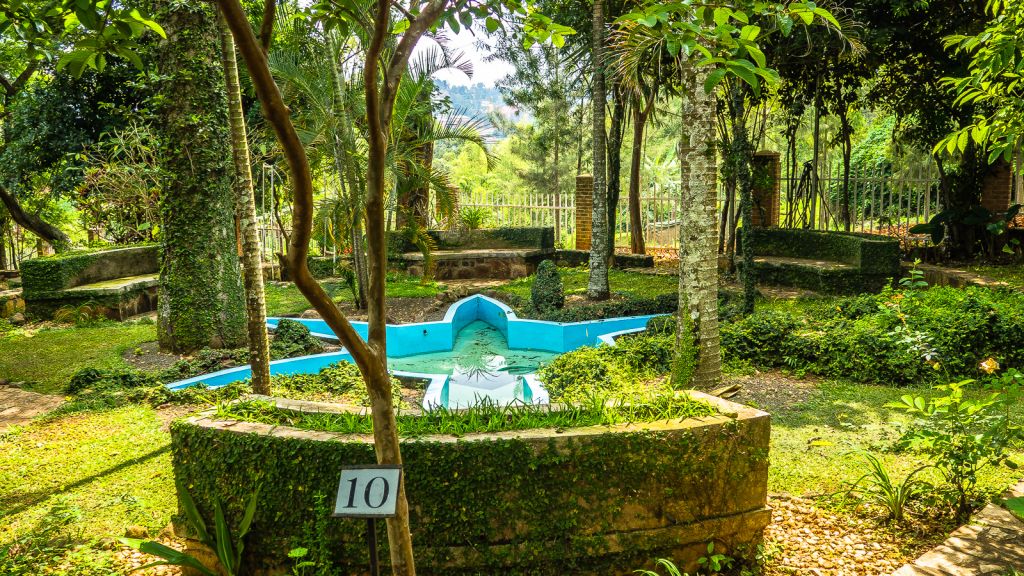
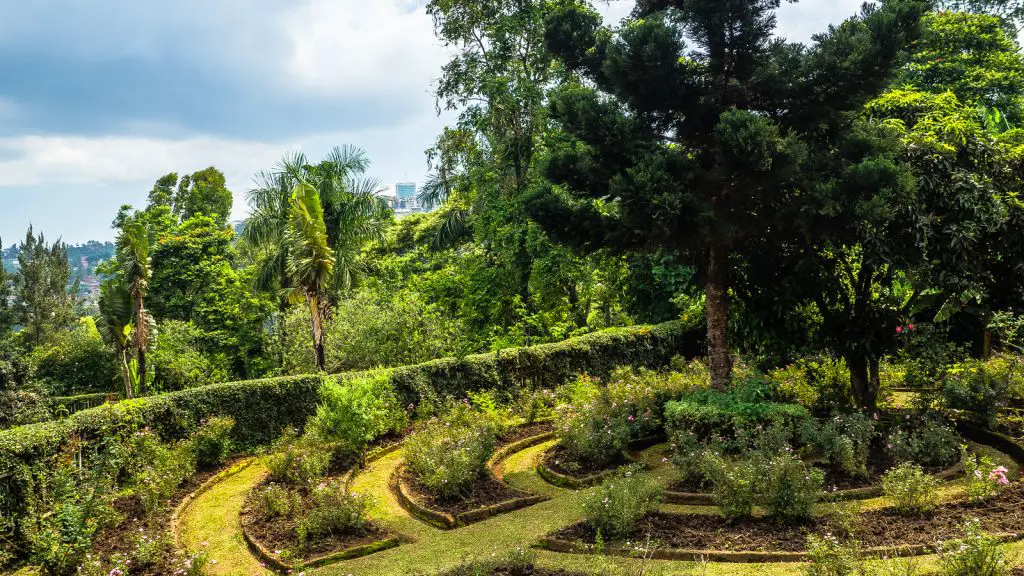
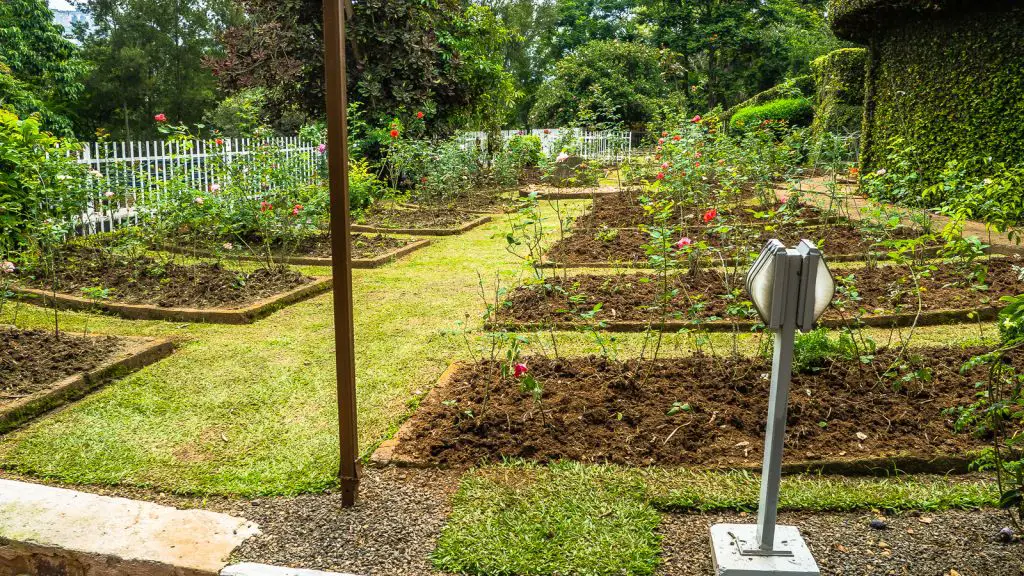
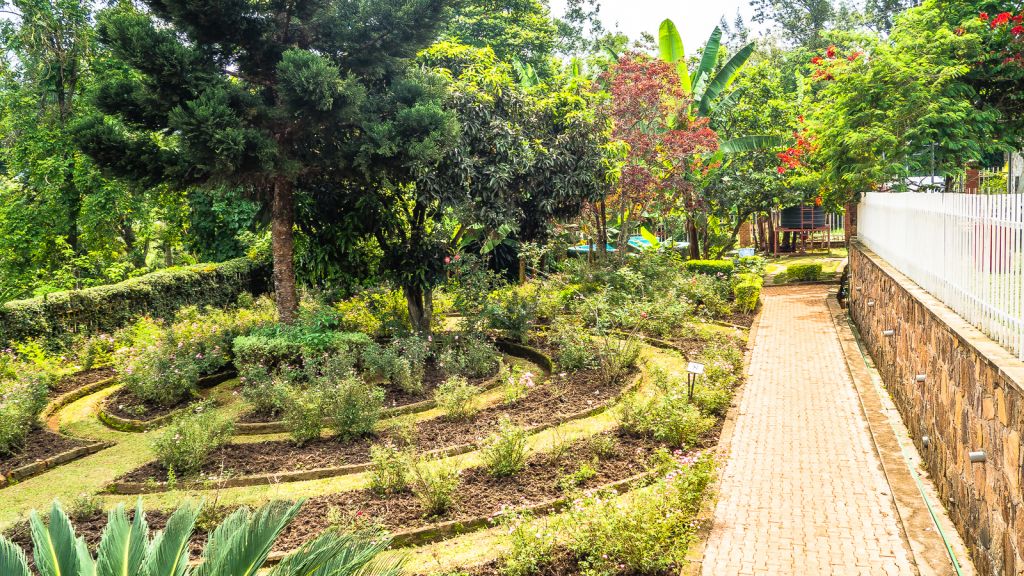
The Genocide Museum
The museum was very fascinating. I had already learned much of its history from my time in Uganda. This museum really explained everything however starting from pre-colonial times. The museum is laid out in a chronological fashion so you start from one area which discusses Rwanda’s early history, with numerous stops before ending post the conflict.
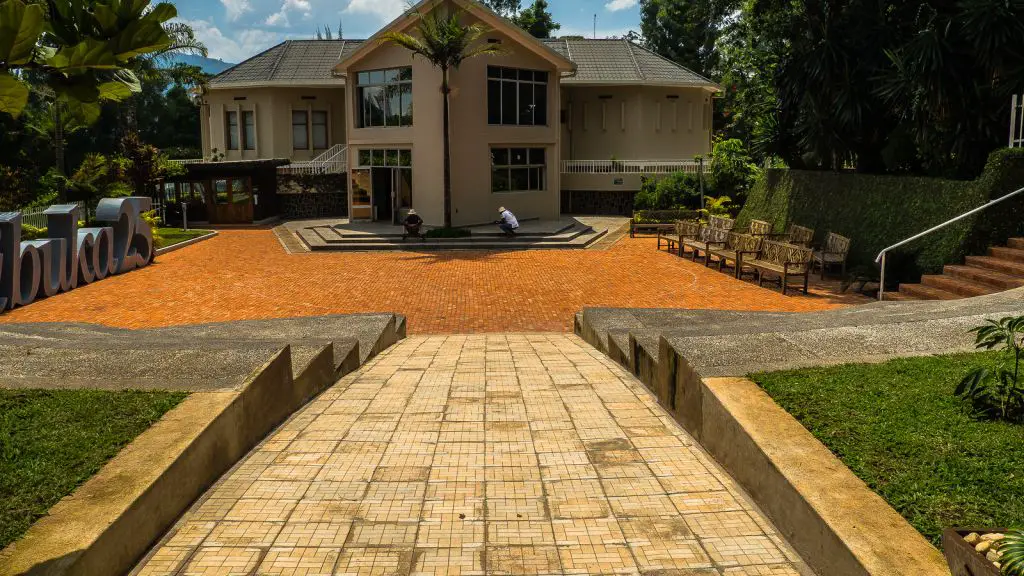
It’s quite fascinating the impact colonialism had on the whole makeup of Rwandan society. Pre-colonial Rwanda consisted of a single people that lived peacefully and harmoniously. Once the Belgians came, they systematically divided the Rwandans into “Tutsi” and “Hutu” even though the Rwandans never had this distinction before. Tutsis were seen as the more favorable “race” as they had slightly more Western features and were given governing roles over their much larger Hutu population. Over many generations, this divide perpetuated to the point that Rwandans were totally convinced they were of two different races when in reality it was just some nonsense the Belgians made up.
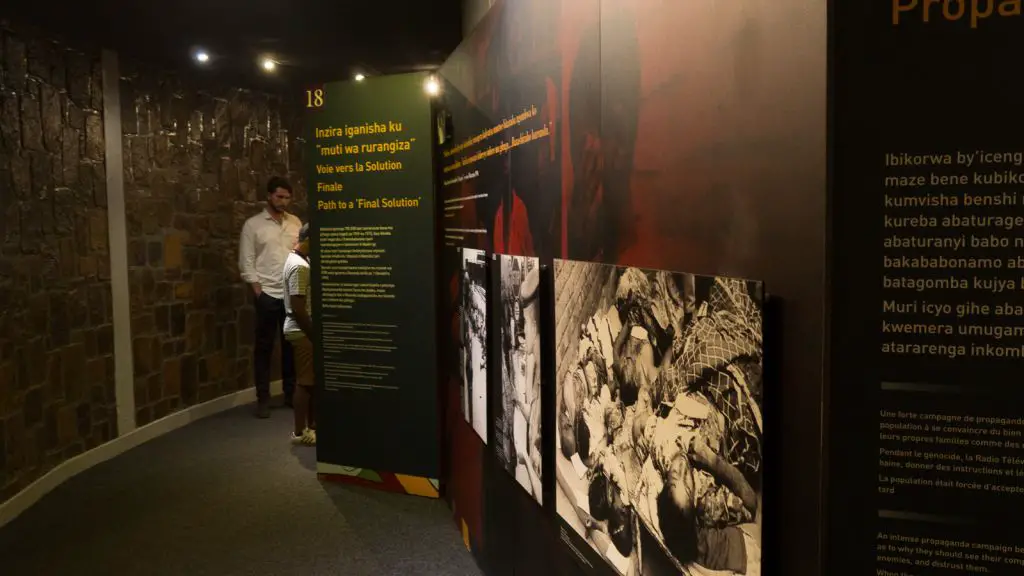
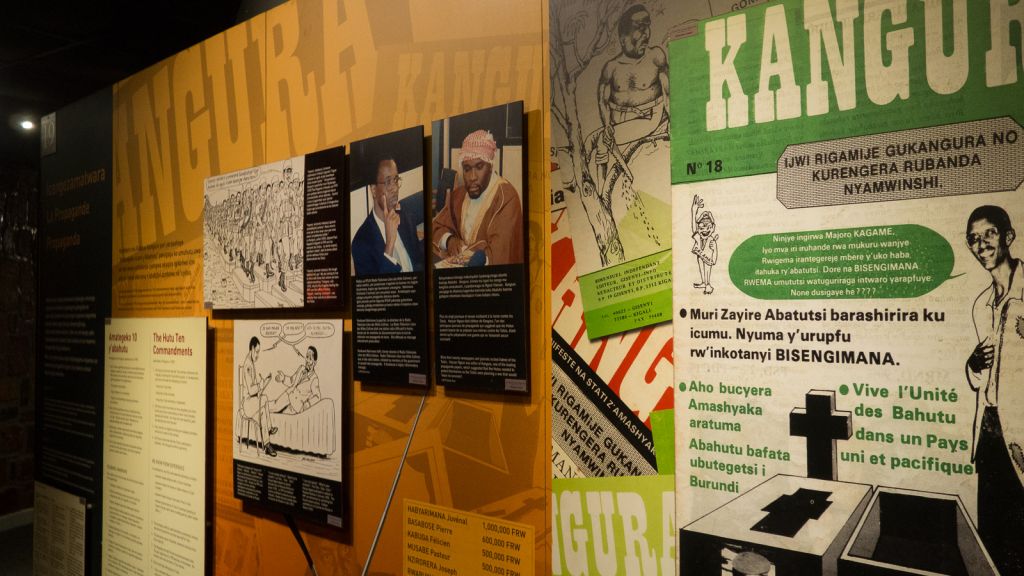
As the Belgians left, Hutus and Tutsis were two different races and generations of “racial” distrust festered into constant conflict and distrust between the two groups. Nationalism and far right media eventually paved the way for one of the worst massacres in history. The worst part of this whole tragedy was that nationalism so much distrust and fear between people that neighbors who have lived in harmony for decades turned on each other at the snap of a finger. They went from friends to hacking one another with machetes within days.
The museum really goes into details about how the people suffered and died with numerous video clips along the way. It is a very somber experience. At the end of the memorial, they have an area discussing genocides in other countries like Bosnia, Cambodia, Armenia etc. as well as a children’s memorial to honor the thousands of slain kids. No one was spread in the killings.
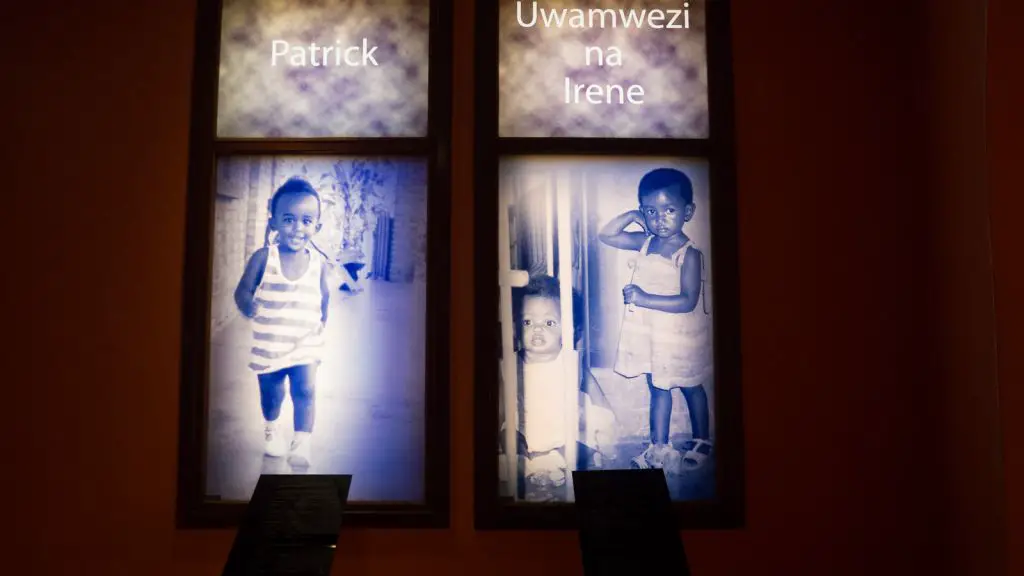
All in all, I would budget about 2 hours for this memorial. It’s not something to speed through and you really need to read the scripts in detail.
Where to eat and drink in Kigali
Kigali has really embraced the rooftop bar scene. There are at least a dozen nice places in the city where you can grab a drink and enjoy the views over Kigali and the surrounding mountains.
Ubumwe Hotel Rooftop bar
The best place is the Ubumwe Grand hotel, also the highest point in the city. The bar/restaurant is at the very top and offers panoramic views of the city.
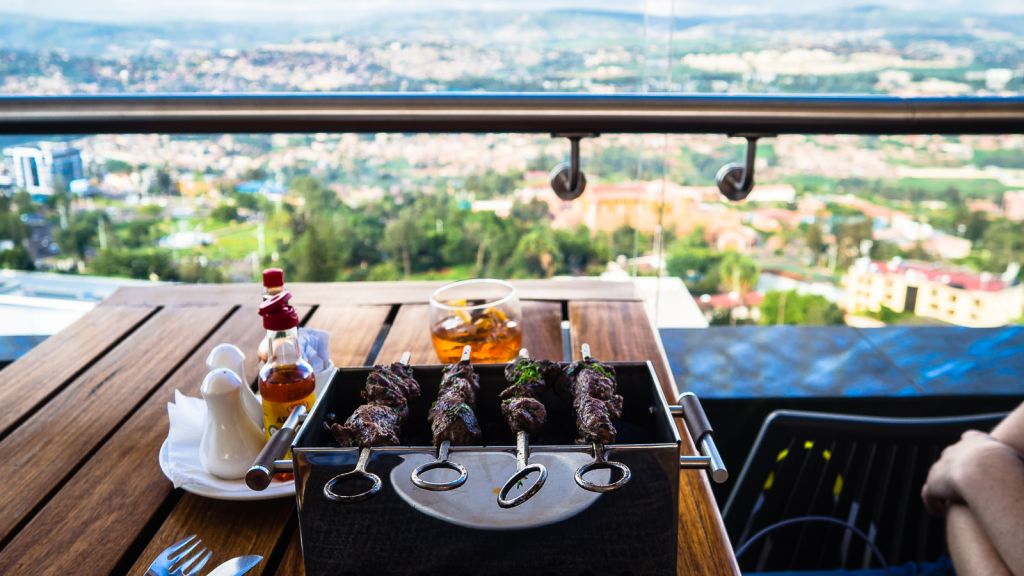
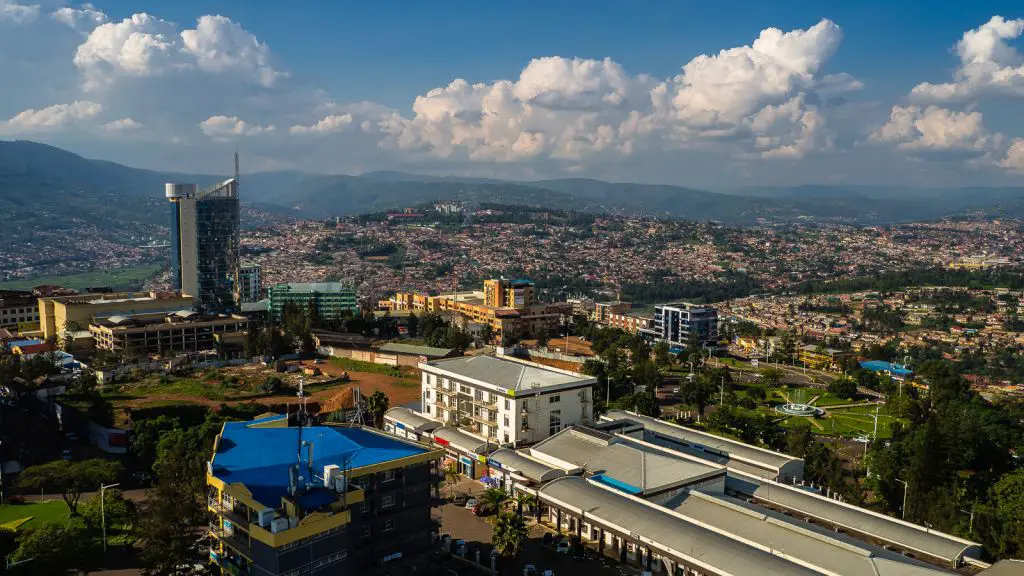
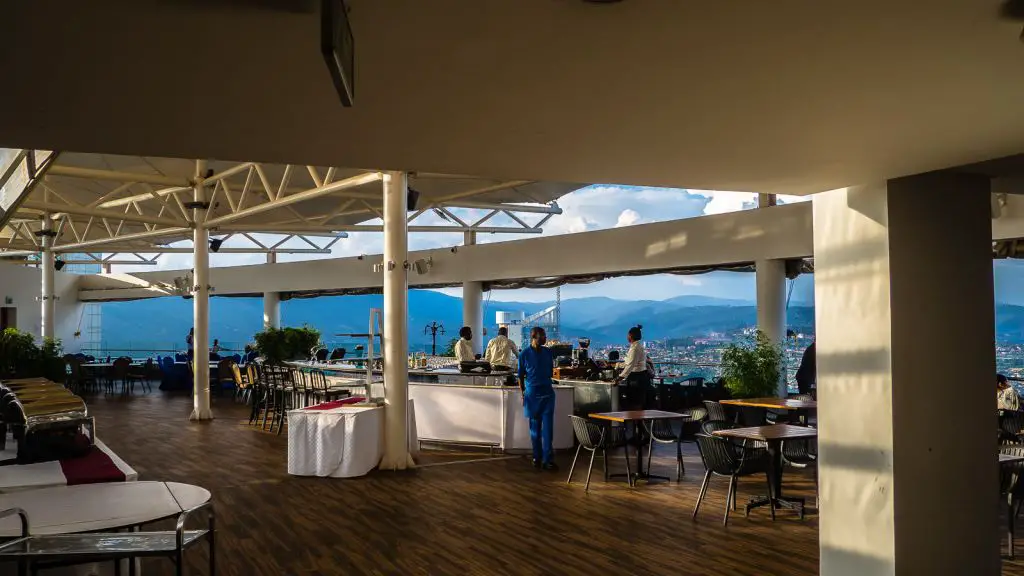
Drinks are quite pricey as you would expect for a place like this. Food is surprisingly not too expensive, but of course much more than what you could find at a local restaurant.
Inka Steakhouse
This restaurant came highly recommended by the hotel. It is an African style steakhouse offering different cuts of steaks and meats in a very high end environment. We had dry aged steak here that was quite tasty and a reasonable price compared to most countries, but far more expensive than somewhere like South Africa.
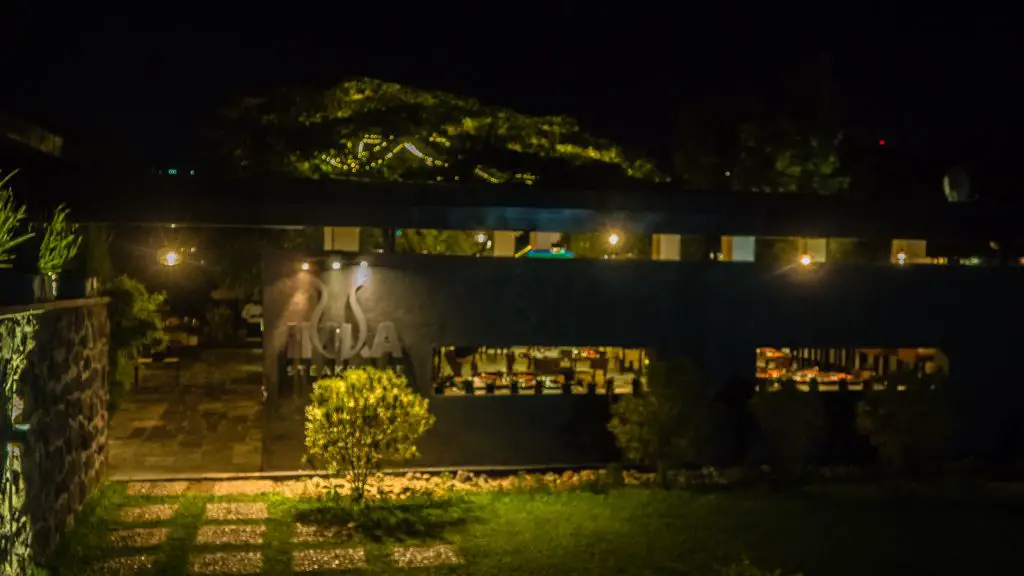
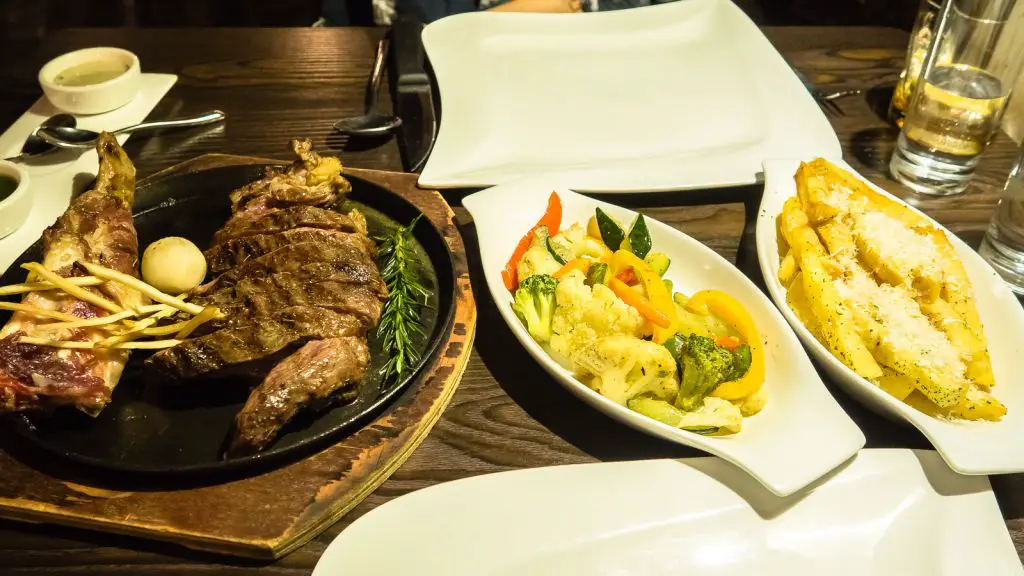
Where to stay
There is a wide offering of accommodations in Kigali to be had. Lots of cheap guesthouses and even hostels can be found in Kigali.
I stayed at the Marriott and used one of my free night certificates from my Marriott credit cards. The Marriott in Kigali is super fancy and was much nicer than I had expected. You can tell that this is the place that rich businessmen and politicians come to mingle. In fact, I took a picture of the restaurant and someone actually came to me and said I need to delete the photo. Definitely have never had that happen before!

Nevertheless, the Marriott was very important for our trip as we were going to the Congo the following day followed by a trip to South Africa. We had more luggage with us than we needed for the Congo and the Marriott hotel let us leave our stuff there for three nights! This allowed us to just carry a backpack to the Congo which made things MUCH easier.
Upon our return, our luggage was ready to go and they even let us take a shower in the sauna area as we were totally disheveled. As we are Marriott Platinum members, our concierge even let us use the Executive Lounge for a few hours to arrange our things before going and exploring Kigali for the day.




